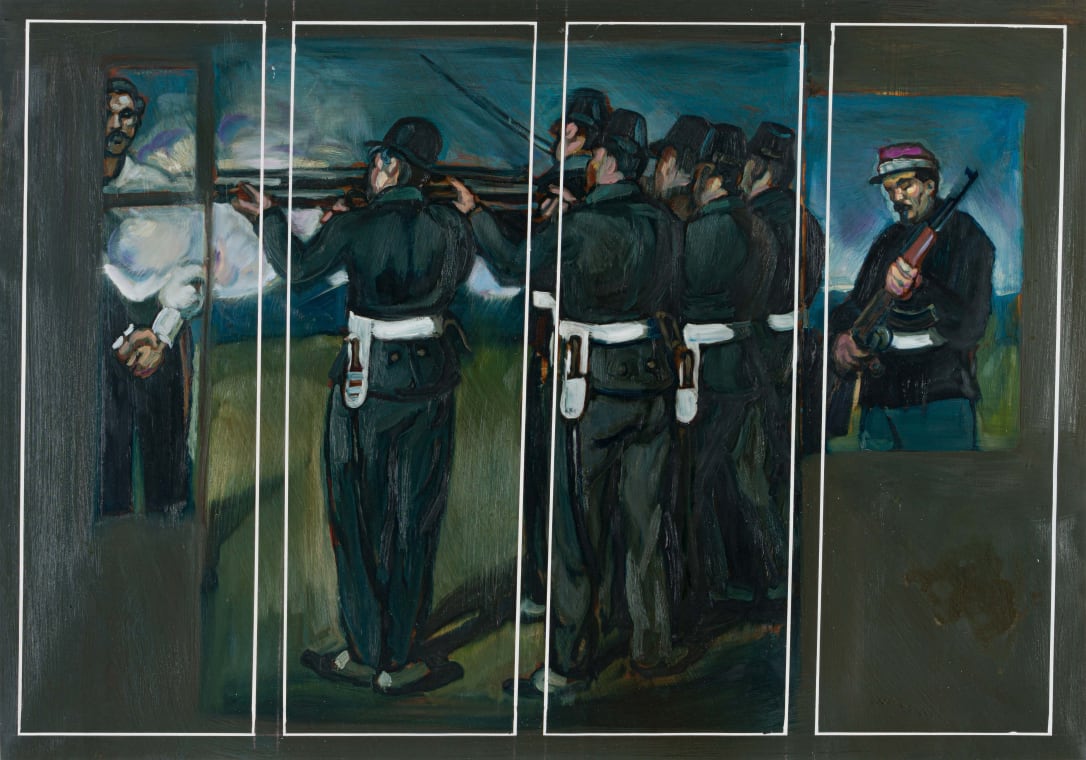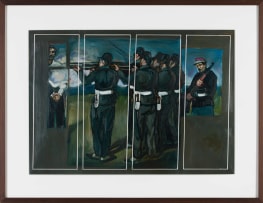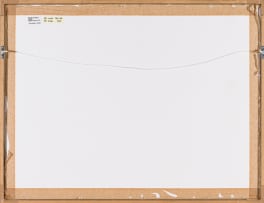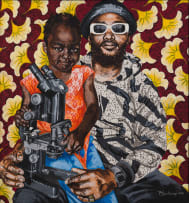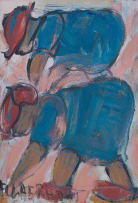Modern and Contemporary Art
Timed Online Auction, 3 - 11 April 2023
Art Club
Incl. Buyer's Premium & VAT
About this Item
Notes
In 1863 Napoleon III installed Archduke Maximilian of Habsburg as Emperor of Mexico to expand territories abroad and counter the encroachment of Anglo-Americans on South America. When the French troops were withdrawn by Napoleon on the insistence of the United States and in the face of a growing Mexican nationalist resistance, Maximilian was essentially abandoned.
Along with two loyal officers, Generals Mejía and Miramón, Maximilian was executed on June 19 1867 in Mexico.
Edouard Manet's famous painting The Execution of Maximilian (1897) was inspired by the outrage the impressionist master experienced at reading about the incident in the papers and immediately started a large painting, based newspaper accounts and photographs.
By clothing the firing squad in French uniforms and giving one of the soldiers a goatee beard similar to Napoleon's, Manet draws attention to the betrayal of Maximilian by his emperor.
Phokela gives the painting a postmodern twist, a visual pastiche of the original. He appropriates Manet's work, essentially quoting from the impressionist master in an intertextual style that Phokela uses throughout his work, replacing a French infantry musket of the soldier to the far right with an AK47 rifle and, in another version, replacing the weapon of revolution with a guitar.
